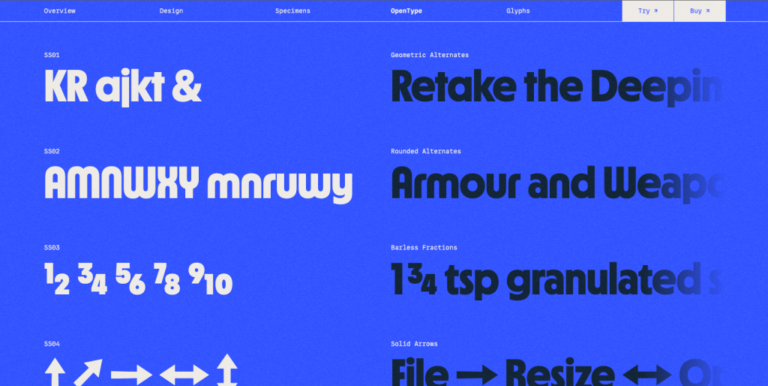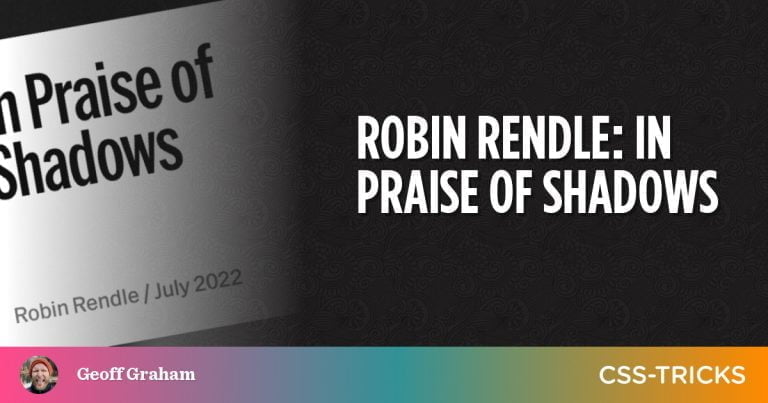
In this article, we’ll be comparing Surfer SEO vs Outranking — two search engine optimization (SEO) tools that use artificial intelligence (AI) to help you take your SEO workflow to the next level.
As technology becomes more advanced, so do marketing automation tools that can help entrepreneurs and small business owners perform faster and more accurate keyword research, content optimization, data analysis, and content writing.
Keyword Research and Content Planning
Table of Contents
Choosing the right keywords is, without a doubt, a crucial part of SEO.
However, it’s important to note that, while both Outranking and Surfer SEO are able to show related keywords and their monthly search volume, they’re not technically keyword research tools. They’re each more of a content optimization tool.
Outranking
Once you’ve done keyword research and added your target keyword inside Outranking, the content optimization tool analyzes the top search engine result pages (SERPs) and shows you the average word count, number of images, and meta title/description length your blog post should have.
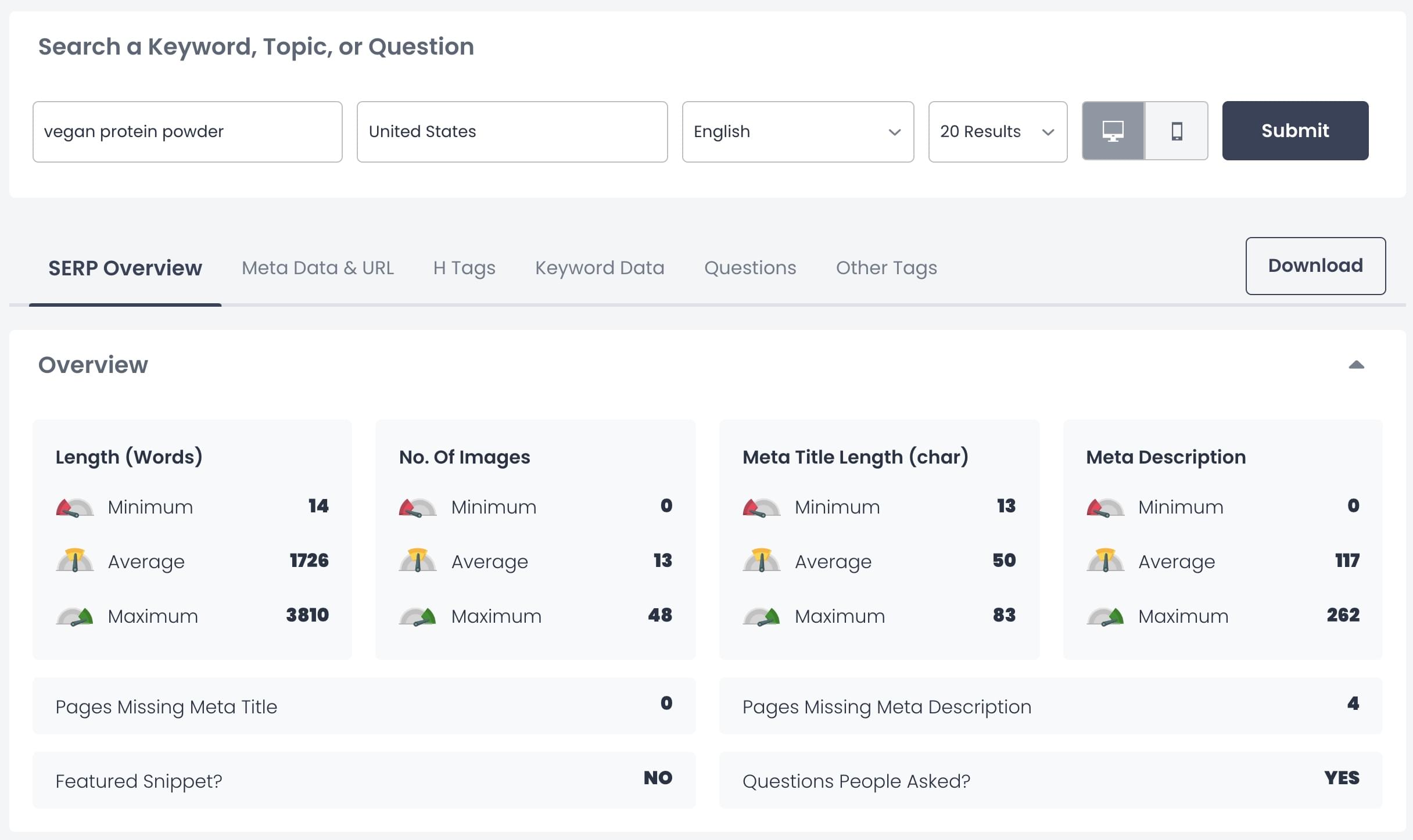
It also shows you how many words your competitors’ blog posts have, how many do-follow and no-follow backlinks they have, their domain and page authority, and their search engine rankings.
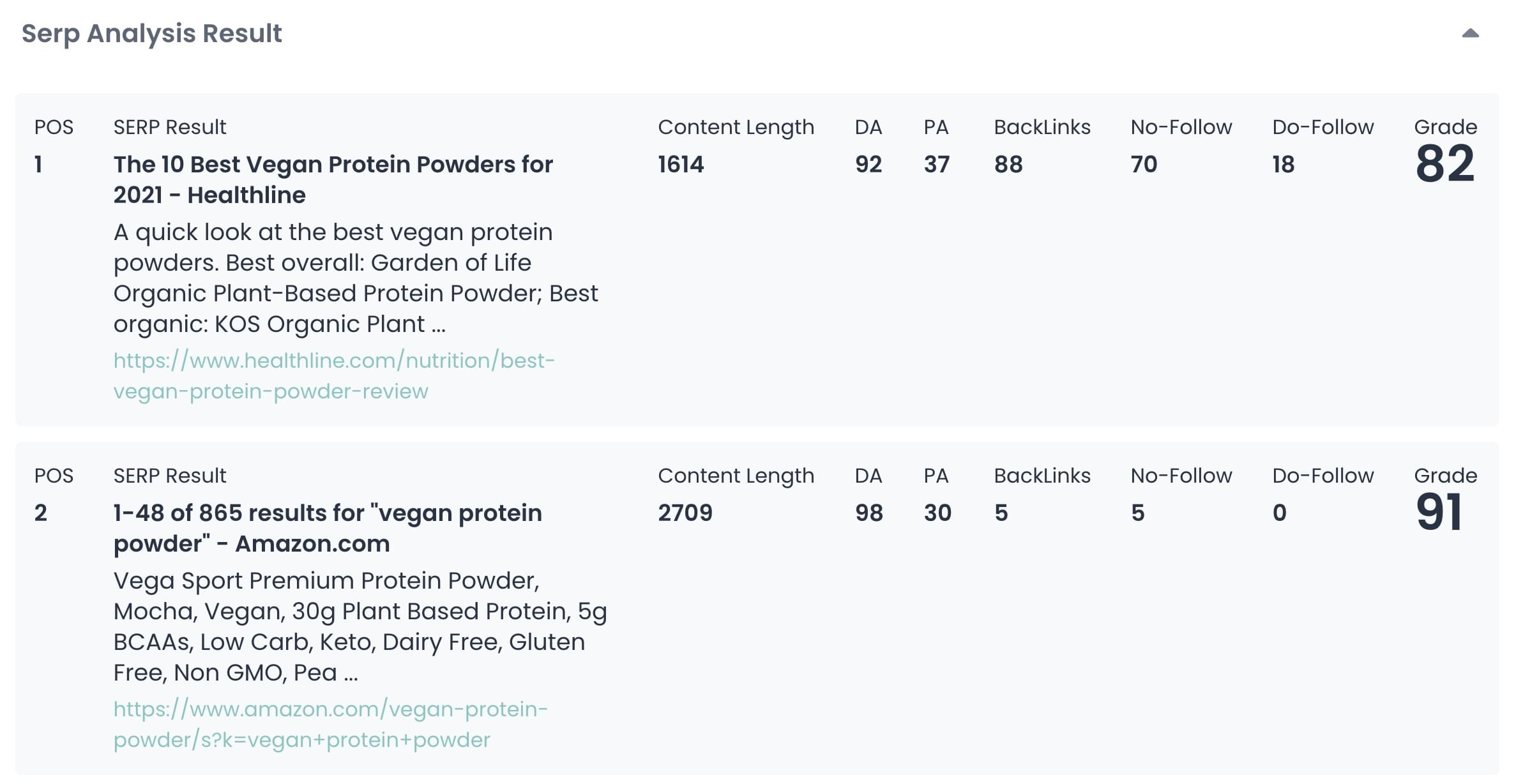
In the “Keyword Data” tab, you’ll be able to find things like highest frequency keywords, related keywords, and some additional keywords for content.
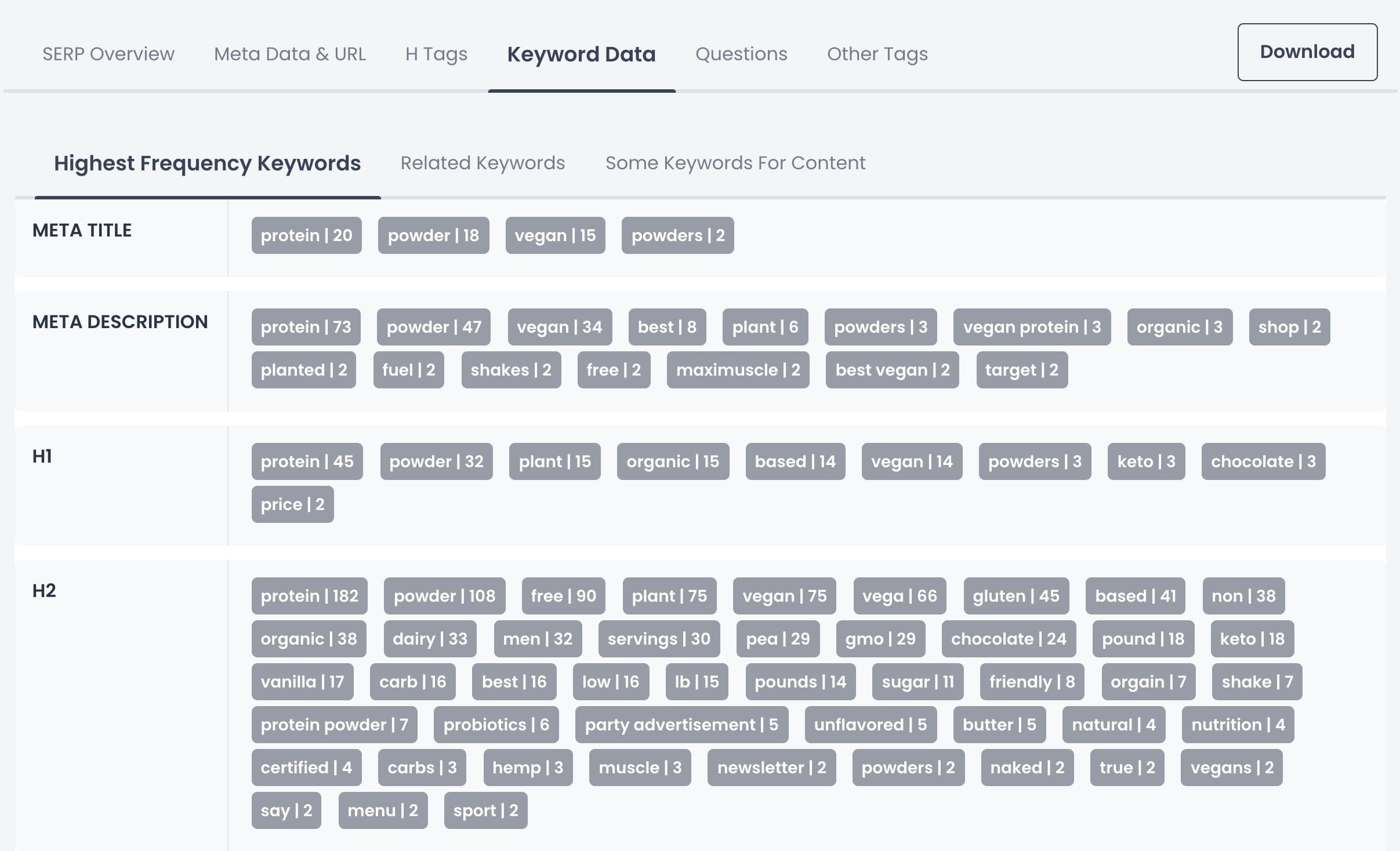
When it comes to data accuracy, Outranking uses the same engine as Ubersuggest to determine search volume, which makes it a bit more accurate than Surfer SEO.
Surfer SEO
Just like Outranking, Surfer SEO also shows you other related keyword suggestions and their respective search volume once you’ve added your main keyword.
However, Surfer SEO includes a metric they call SERP Similarity Score, which can be used to decide whether you want to use a term as a secondary keyword or the main keyword of another blog post.
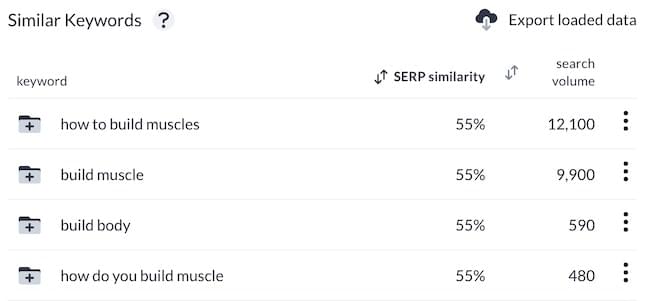
For instance, if you use the keyword “how to build muscle” and Surfer SEO sees that several pages that rank for that keyword also rank for another keyword like “gain muscle mass,” it will return a high SERP similarity.
What does this mean, exactly?
This means that Google considers both terms as almost identical, so you should add both of them to your blog post.
On the other hand, if Surfer SEO shows that two keywords have a low similarity score, you should think about writing two different articles that target each specific keyword.
Content Planning
With Surfer SEO, you can plan content based on a keyword or your URL.
When planning content using a keyword, Surfer SEO will give you multiple topic clusters, each with its respective user intent and search volume, as well as a set of keywords to use. Each topic cluster could be used as separate blog posts that could then link back to your main topic or pillar post.
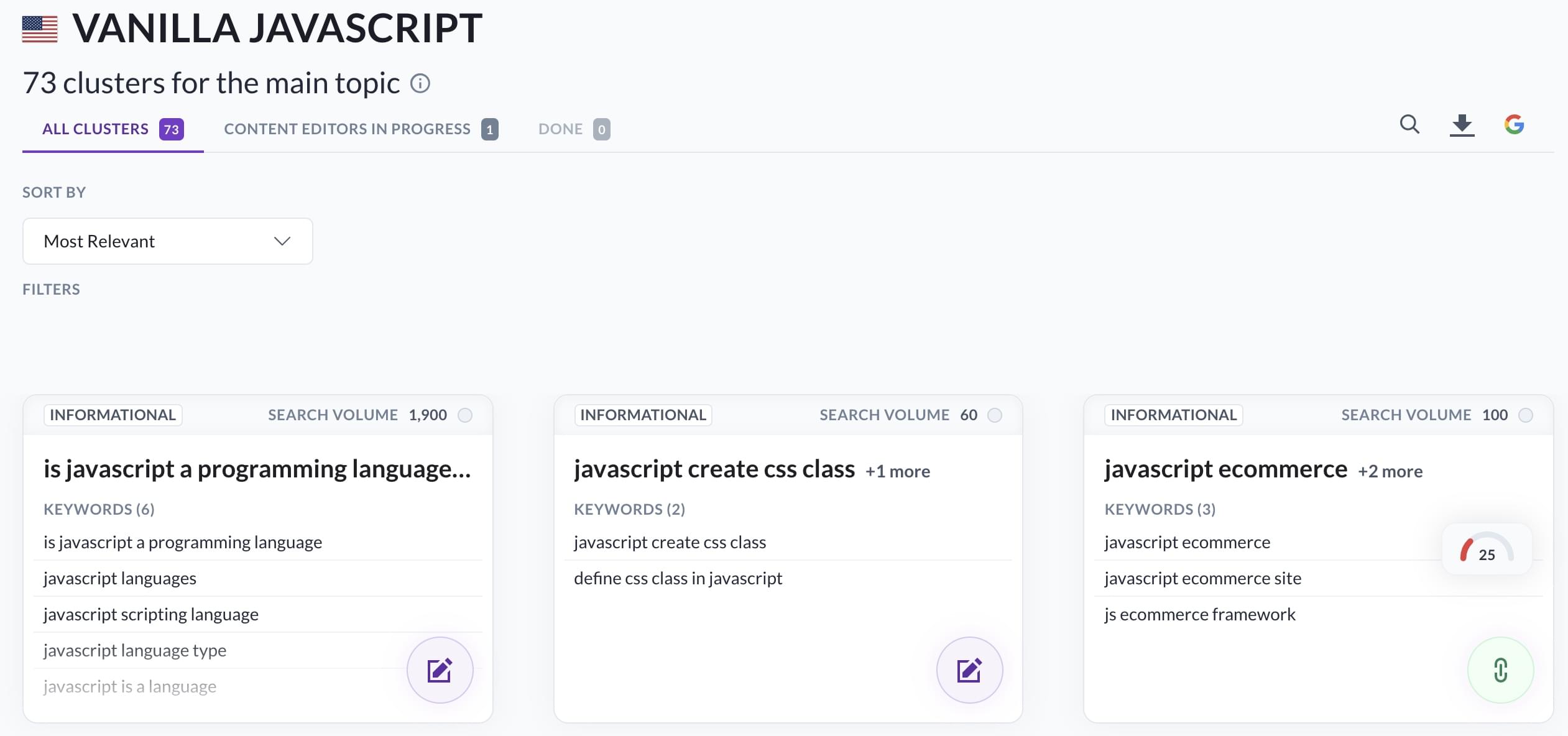
When planning content using your URL, Surfer SEO will give you keywords that you’re ranking for but aren’t using in your existing content.
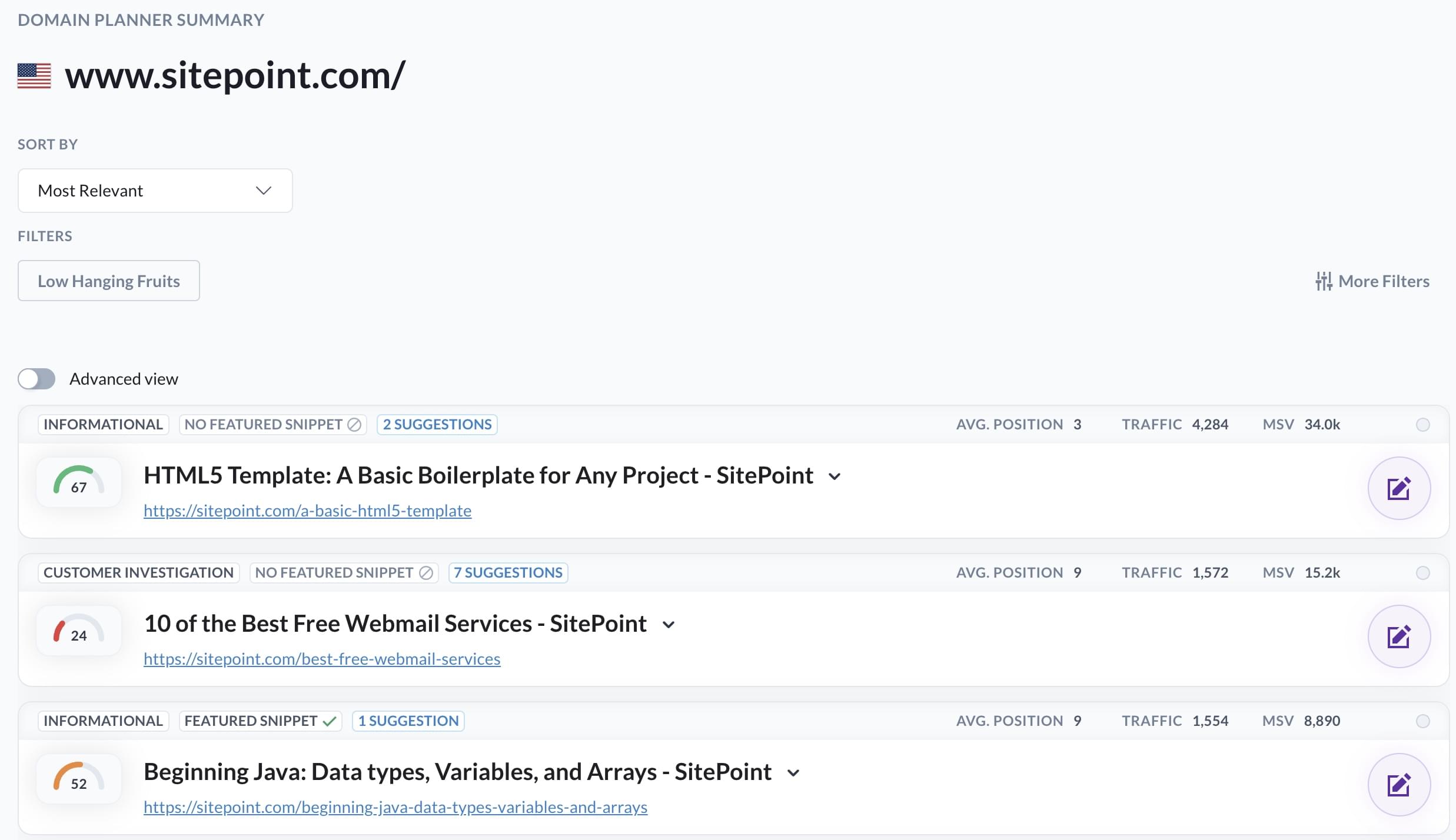
This is a great way to find blog posts that need optimization and featured snippet opportunities.
Surfer SEO vs Outranking: Outline Builder
This is where things start getting a little interesting. Both of these content optimization tools read through all the H2 and H3 tags from the top-ranking pages and give you headings you can use to build your outline.
Outranking
Outranking generates optimized outlines using the top SERPs and Google’s People Also Ask sections.
It then shows you the results in semantically grouped sections broken into H2 and H3 tags that you can easily drag and drop to add to your outline.
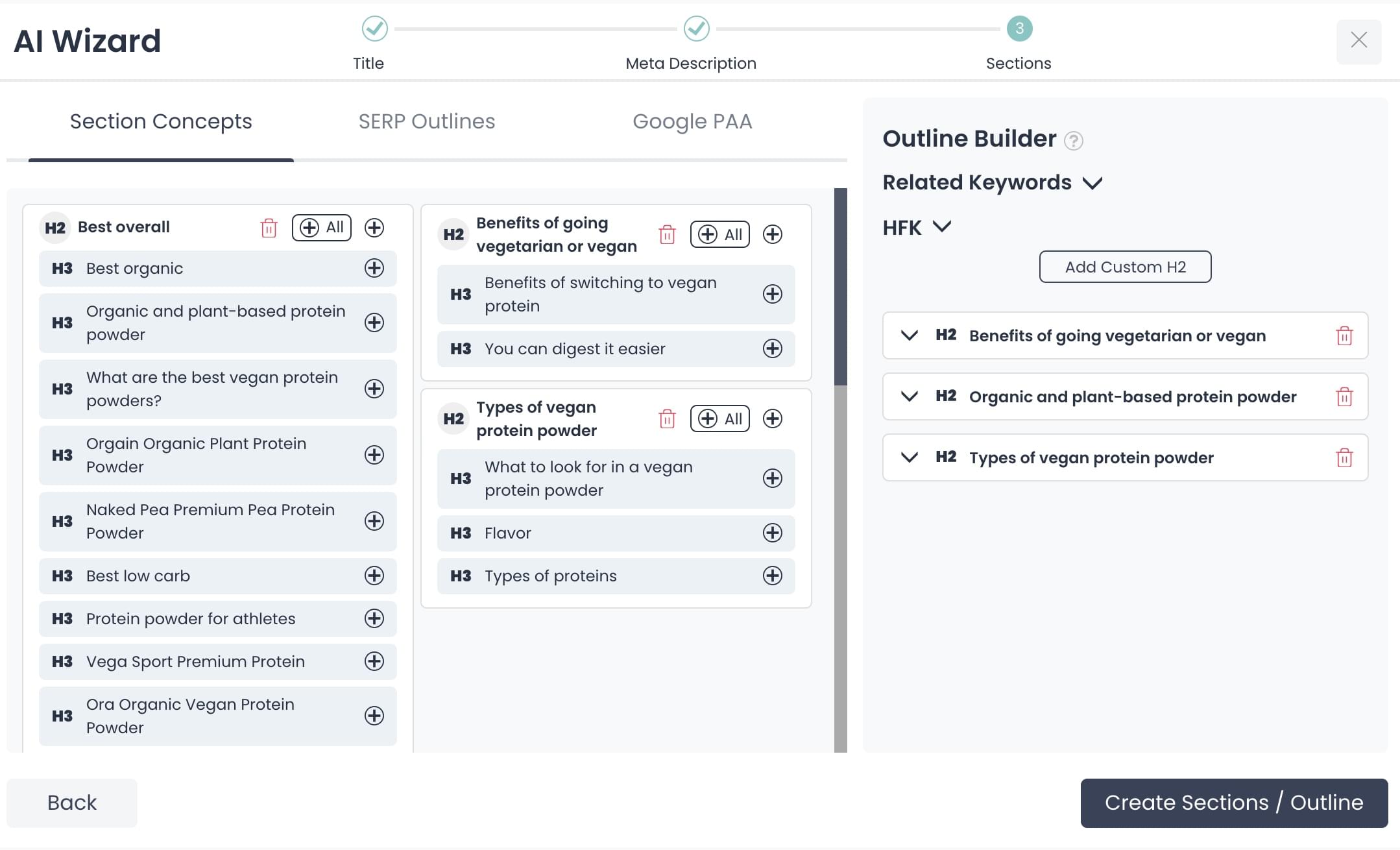
Outranking also has a feature called Concepts, which are facts gathered from existing information that summarize the context of topics covered in each paragraph.
For example, if we generate Concepts from the “Benefits of going vegetarian or vegan” H2 tag, Outranking will go through the SERPs data and find the closest H2 tag that it can with that exact content (“benefits of going vegetarian or vegan”) and pull out information from the paragraphs under that and create Concepts around it.
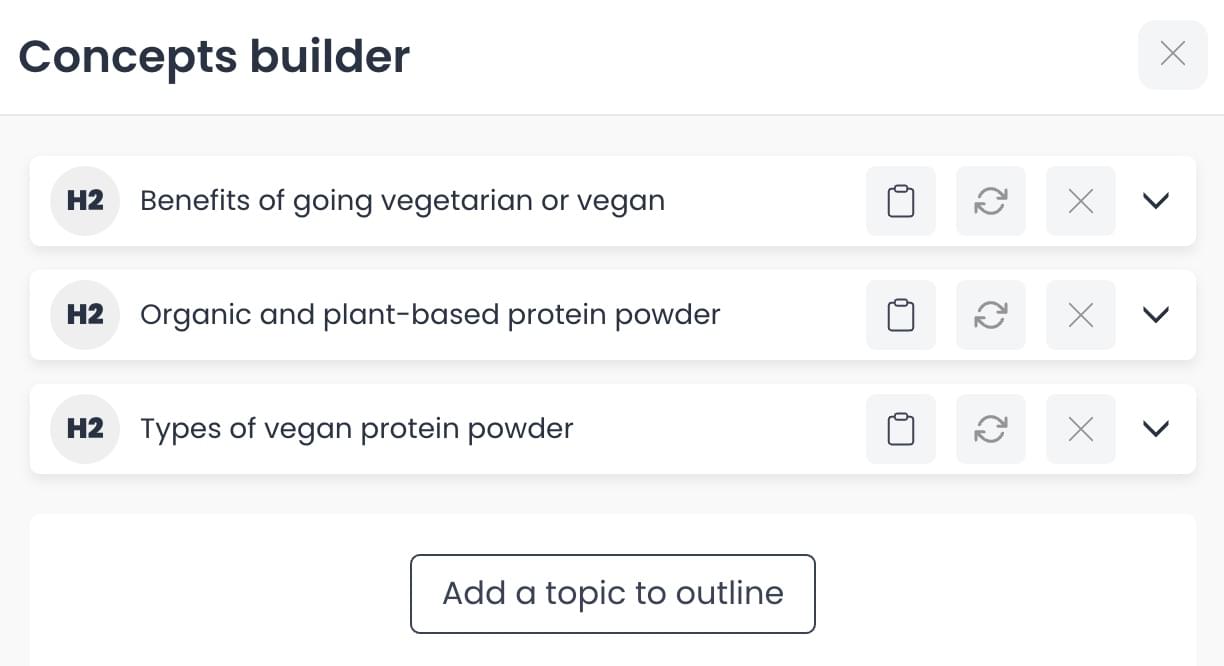
Basically, it will read what’s underneath the H2 tag and extract the key information you need to include in your blog post.
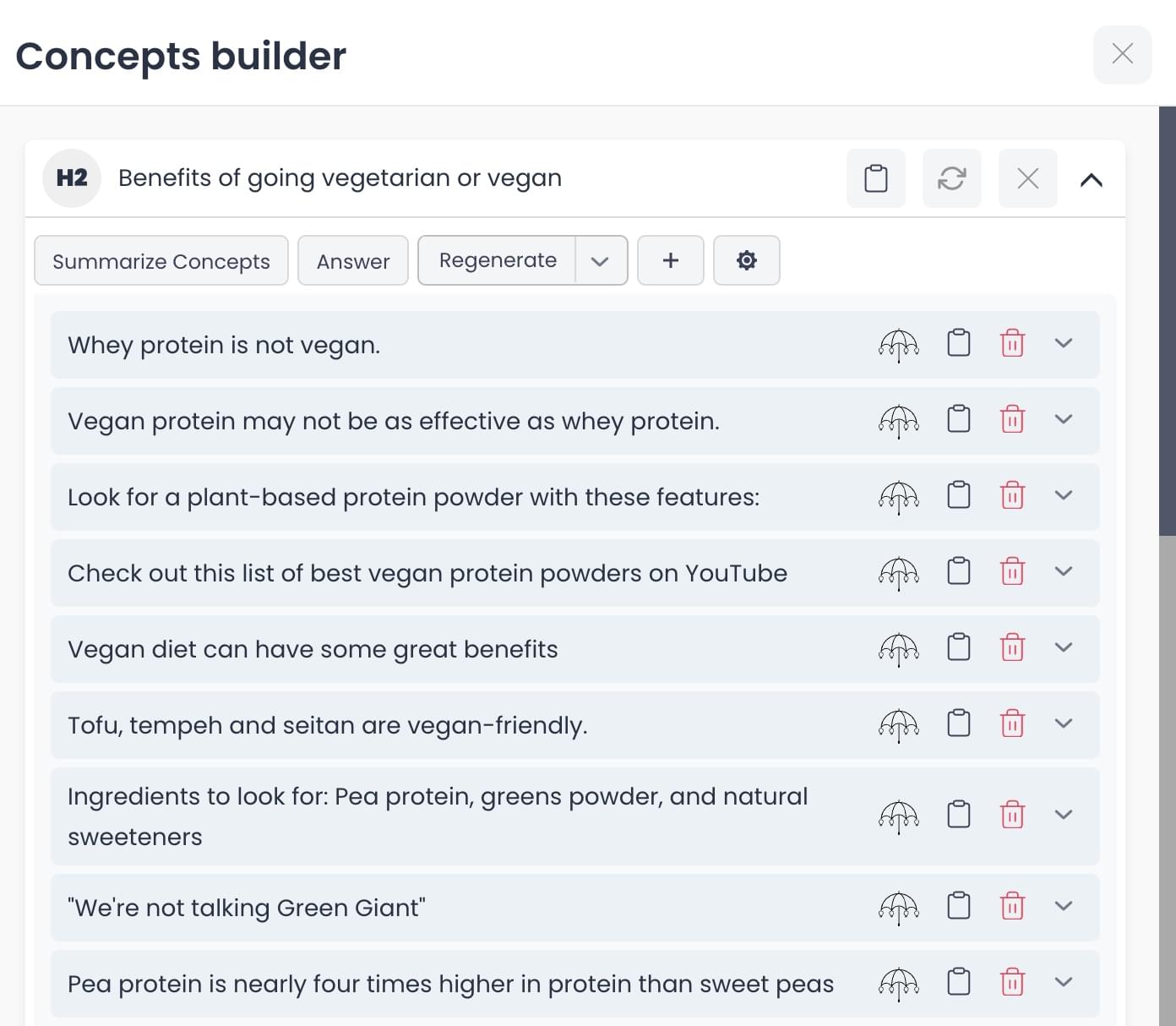
Surfer SEO
Just like Outranking, Surfer SEO also analyzes the top pages ranking on SERPs and suggests different titles and headings.
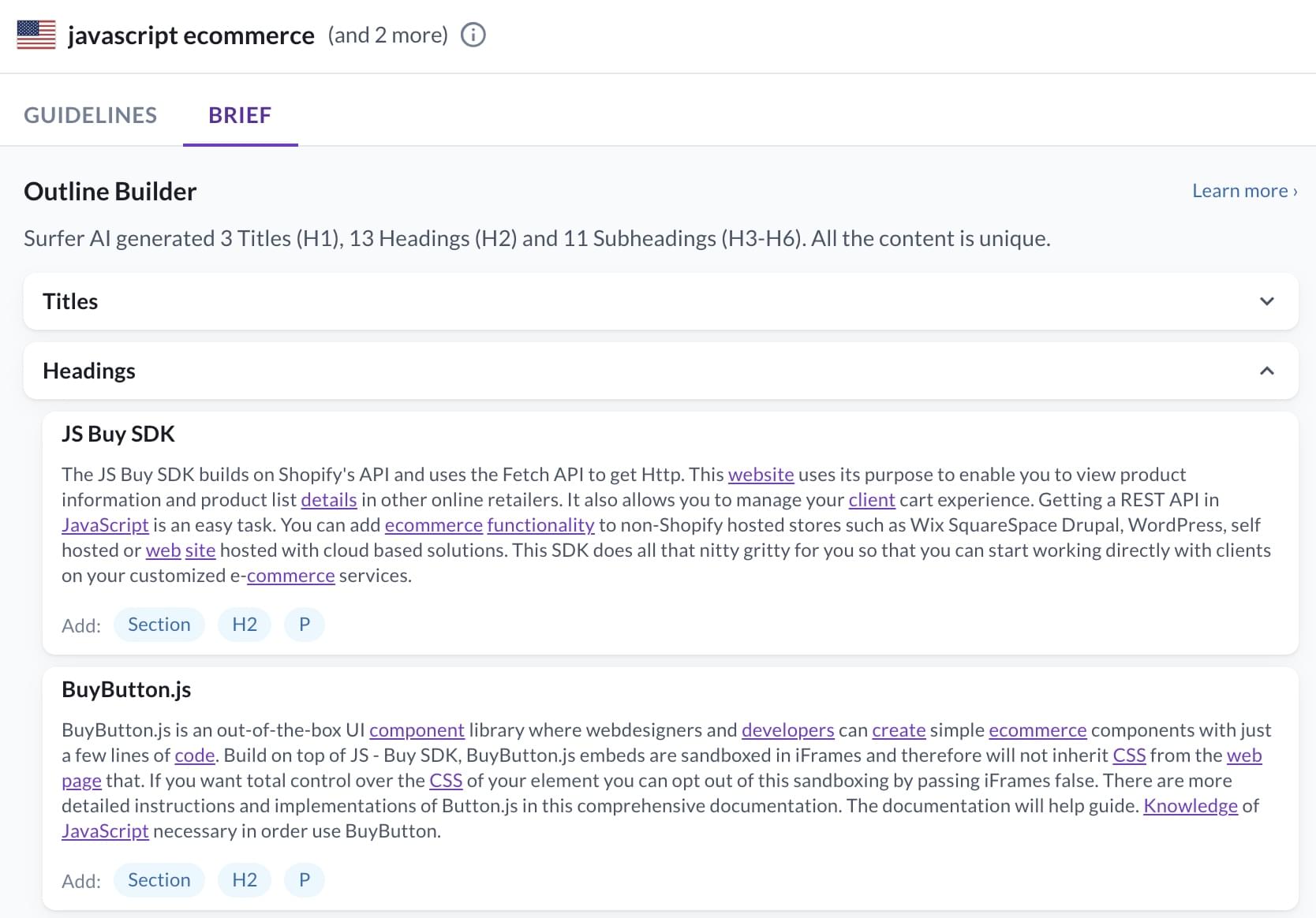
Once you open up the Headings tab, you’ll notice that Surfer SEO highlights the terms it thinks you should include in your blog post.
Additionally, you can see subheadings nested right under the main headings to keep the logical structure of your outline.
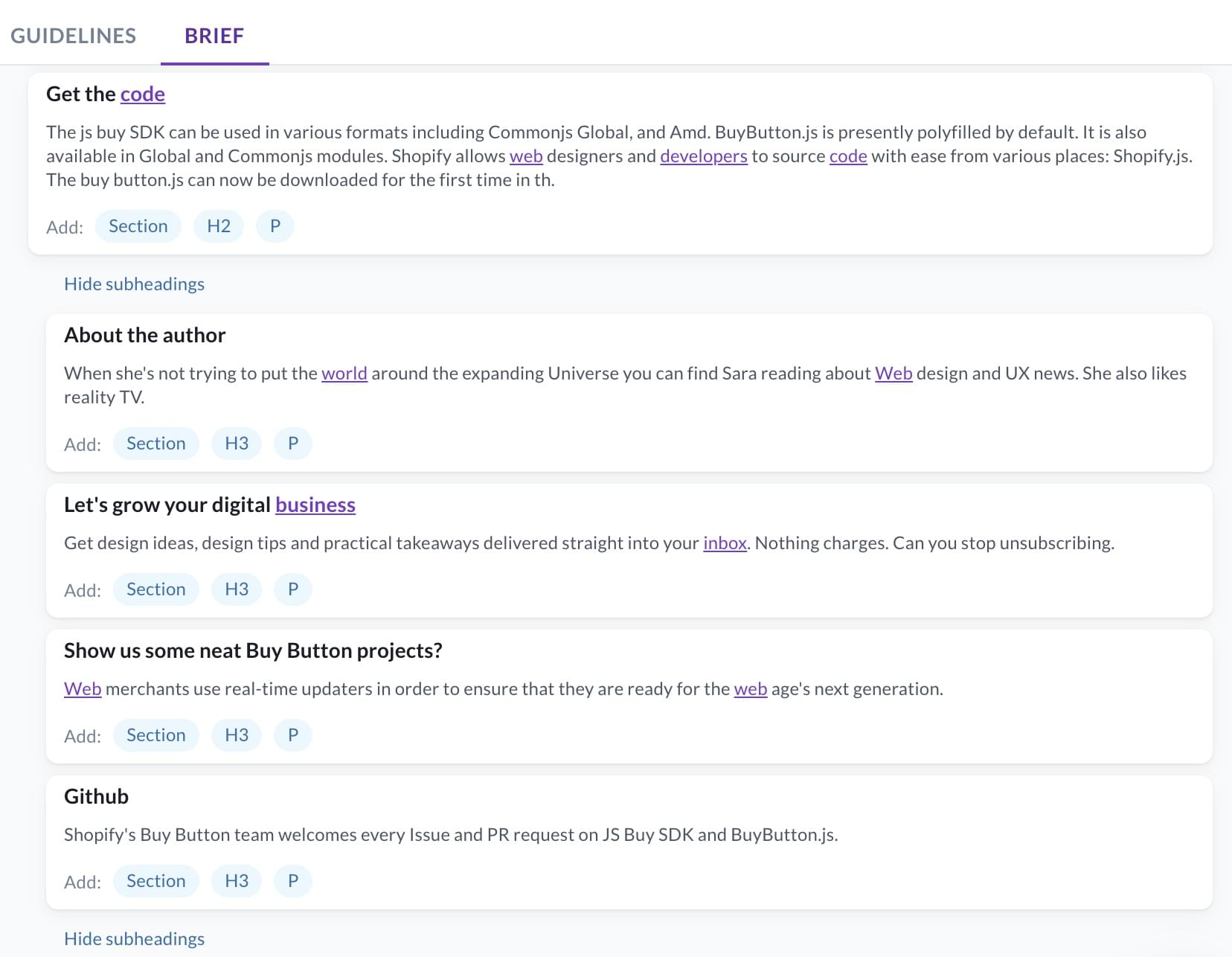
You also have the option to add only the heading or both the heading and the paragraph.
All of these suggestions are based on your competitors’ content. If you notice that Surfer SEO is pulling information from a website that’s not one of your direct competitors, you can simply remove them from the analysis.
For example, if you have a blog about vacuums and are writing a detailed review of a specific model, you can remove websites like Capterra or TrustPilot, since they’re more of a “user reviews” content website than full-on detailed reviews.
Continue reading Surfer SEO vs Outranking: Which SEO Tool Is Best for You? on SitePoint.



